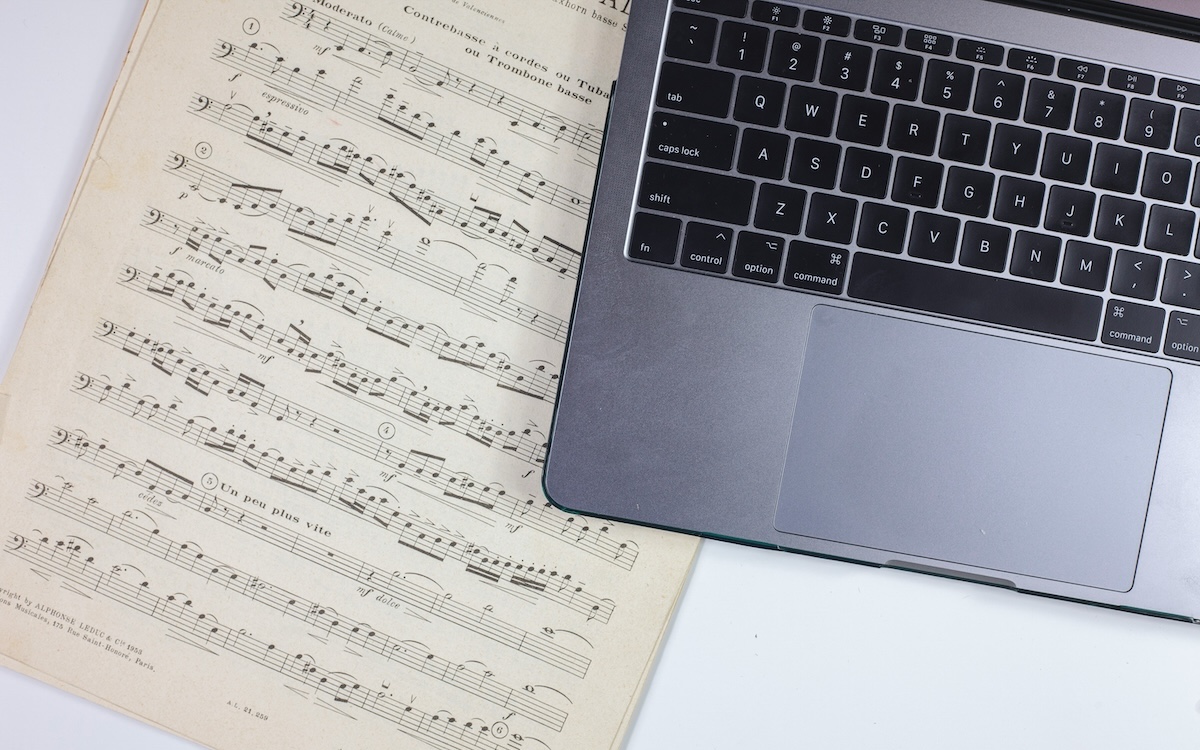
Like many musicians, I kept losing track of what I was actually working on. I wanted to see my repertoire at a glance, track how much I was working on each piece, review my notes over time, and understand how I was really progressing — not just how many minutes I had practiced. So I started looking. And I tried everything I could find. Some apps were beautifully designed but lacked features. Some had the features but were clunky or confusing to use. Most were mobile-only. Many didn’t even let me write proper notes.
Eventually, I gave up and opened a spreadsheet. While I was drafting columns for my pieces I remembered: I’m a software developer. If nothing out there met my needs… maybe I could build something that did. In fact, this was an idea that I had years ago. So why not now?
What I Was Looking For (But Couldn’t Find)
Here’s what I needed — and what, strangely, none of the apps I tried seemed to offer:
- A way to track how much time I spent on specific pieces
- A clear overview of my full repertoire, with status and difficulty
- The ability to break pieces into sections (movements, passages, phrases)
- Support for different practice types — technique, sight-reading, improvisation, etc.
- A comfortable place to write notes and reflections — not just tiny phone text boxes
- The option to manually log time without using a timer
- Meaningful statistics — not just streaks, but real trends over time
- The ability to revisit old logs and reflect on how things felt months ago
- An app that worked on desktop, not just as a phone app
- A space that felt like it was built by someone who actually practices music
None of the apps I tried had all (or even most) of these. Some didn’t even have any of them.
So I Built Cadenso
At first, I didn’t plan to build an app. I just wanted a system that made sense — something that could replace my increasingly messy spreadsheet. But the more I worked on it, the more I realized how much I actually needed — and how much was still missing in the tools that were out there. So I kept going.
I added proper repertoire tracking, with metadata like composer, difficulty, and status. I built support for breaking pieces into sections, because that’s how musicians actually practice. I made it easy to log different types of practice: technique, sight-reading, improvisation — and even track technique work by key and type, like scales, chords, or arpeggios.
I made sure everything worked on desktop — because that’s where I do my serious thinking and writing. And I made space — real space — for notes. Not just a single-line field buried in a timer.
Not for Everyone — But Exactly What I Needed
Maybe some people just want a quick way to log minutes. That’s fine. But for musicians who want to reflect, review, and grow with structure — who want to see their practice evolve over time — I think Cadenso can be something more.
It’s not gamified. It doesn’t promise to make you a better musician. But it will give you the space and clarity to become one — on your own terms.
If You’ve Been Looking for Something Like This
…you’re not alone. Over the years I’ve seen the same questions repeatedly:
“How do you track your practice?"
"Is there an app that lets me log repertoire?"
"Does anything exist for serious musicians?”
Now it does.

No comments yet. Be the first to share your thoughts!